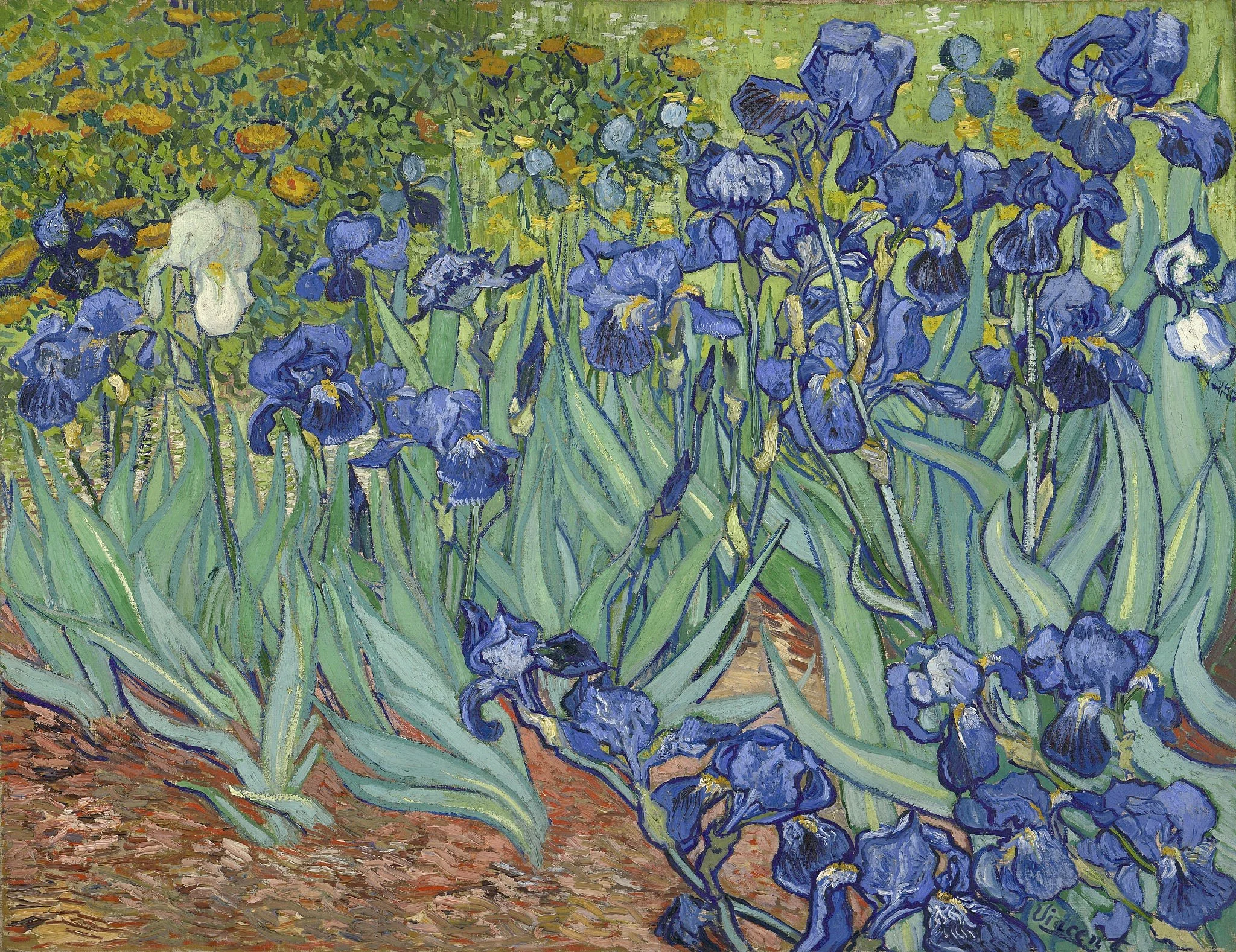#25 Wounded Grace and Politics
Cecilia Gonzalez-Andrieu (Andrieu) in her lecture about wounded grace at Fuller Theological Seminary talked about the meaning of grace. Andrieu mentions several types of grace framing them within the paradigm of good and bad graces. This framework is comparable to the prevalent idea of justice and injustice which is present in western Christianity and America. The Justice and injustice paradigm allows only for right and wrong. Such that if someone is doing something wrong someone else is getting hurt. Whereas the good and bad grace model shows that when someone is doing wrong the system/people offer grace and both grow and work through the process. Andrieu goes on to talk about these types of grace within social-political-theology and art.
One thing that may be helpful in understanding what Andrieu discussed in her lecture was the three orthos. That is orthodoxy, orthopraxy, and orthopathos. Orthodoxy is what we believe such as justice/injustice paradigm. While orthopraxy is what we do. Orthodoxy does not lead us to orthopraxy necessarily. So, then we need orthopathos which is an emotional attachment. This plays out such that to better practice what you believe you attach it to something meaningful such as an emotion or conviction. This plays out in our understanding of grace.
In the lecture on wounded grace, Andrieu talks about what it means to have a wounded grace. Andrieu asks how do you act when you are wounded? If it is graceful then that is wounded grace. In her lecture she explained how on election night in 2017 many of her students were fearful of Trump’s victory. As Trump planned on deporting all illegal immigrants, building a wall on our border with Mexico, and ending DACA. Andrieu explains that she and her undocumented students decided to be in community. They met at Andrieu’s house and made “popcorn and pan dulce and settled in with cautious hope to watch election results.” This is an example of how the grace paradigm works in America.
In 2017 during the election I was working with my father. When we drove home, we did not make it to the polling station until 12:15 am missing our chance to vote. We were worried that Hilary Clinton would win the election. Thus, we were somewhat excited that Trump won. I remember thinking that Trump would either be a great president or lead us to war. At the time I supported a lot of what Trump wanted to do with immigration. I knew several people who were illegal immigrants, but I wanted them to be in America legally. I was struck by the injustice of no punishment for their actions. My opinion has since changed a bit since there is yet no easy way for Mexicans to become Americans or to stay long term. This in itself is a great injustice. The idea of grace offers another way to think about this and other issues instead of the justice/injustice paradigm it is replaced by grace and wounded grace. Instead of pointless and cruel punishment for some injustice there is grace and more grace. For immigration this would lead immigrants to a right standing with America without harming their sense of being.
At this point the lecture segues into the idea of art and grace. There is a discussion of Vincent Van Gogh and his painting Irises. Which displays many irises as a reflection of nature. The painting tries to capture the beauty present in nature to share it with the world. Where Andrieu says that art becomes a witness of “grace in the world” by displaying beauty. Then Andrieu shows a painting called the bleeding border by Sergio Gomez to illustrate her point. The painting is showing two children trying to cross the border which illustrates how grace may be more righteous than justice. This painting illustrates some of the flaws present in the justice and injustice paradigm. The only good response to this painting and the scene it depicts would be grace for the vulnerable children. Andrieu quotes Maria Clara Bingemer when she says that “God is Grace, infinite Grace.” By this she means that God is not the judge in the sky so to speak but rather the one willing to give his son to die for our sins that he may know us and we him. Thus, orthodoxy becomes orthopraxy through grace.


